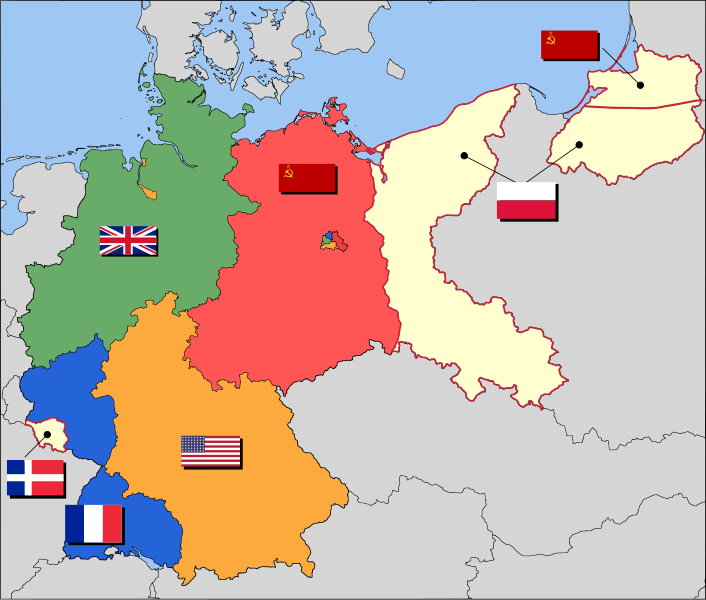Even if Market Garden had met its objective, it wasn't going to help the Allies end the war, because those objectives were based on a faulty assumption. Specifically, that an intact bridge over the Rhine was necessary and sufficient for the Allies to resume their advance. It was neither.
The Rhine wasn't an insurmountable obstacle to Allied engineers once they had friendlies on the far bank, bridge or no bridge. After using the damaged Remagen Bridge (which soon collapsed) to create an initial foothold, First Army threw six bridges over the Rhine between March 9 and March 20th while under fire. One of those bridges was built in only 10 hours. 3rd, 7th and 9th Armies were all able to repeatedly bridge the river within a day of their assault crossings with landing craft. Such landings could be easily made once Antwerp was open and the landing craft were no longer needed for supplies. Capturing a bridge intact, while helpful, was not actually needed. On the other hand, until Antwerp was opened, even an intact bridge wasn't going to do any good. XXX Corps couldn't secure the whole of Ruhr by itself while also holding open its own extended supply line. There needed to be a general advance, and for that the Allies needed to solve their supply problems (first fuel, then shells). Fundamentally, Market Garden was intended to solve a non-problem while failing to even attempt to address the actual one. The entire concept was flawed, and no amount of radios or moving of landing zones was going to change that.
